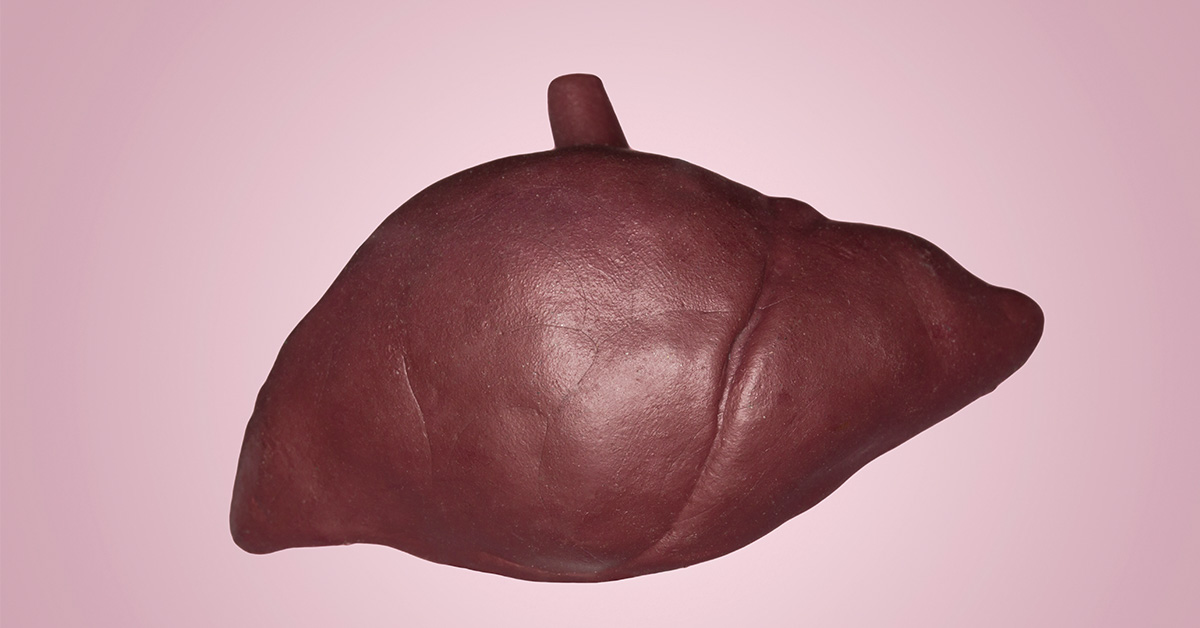Being on the organ transplant waiting list is a scary situation to be in. First, your life depends on a viable organ to become available in time. Next, you have to have surgery where the healthy organ is transplanted into your body, which comes with a varying level of risk of rejection. Scientists have been working hard for a long time to come up with a solution to both of these problems: The availability and viability of organs. This is where research on lab-grown organs comes into play.
Could Lab-Grown Organs Solve Organ Donation Problems?
Imagine you need a liver transplant. You are on dialysis as you wait for a liver to become available. The problem is that you have a rare blood type, and the chance that your body would reject many available livers is high. There’s nothing you can do but wait and hope that a match becomes available soon. This situation is why scientists are trying to develop lab-grown organs: So that people no longer have to wait for transplants, and their bodies will accept the organs without problems.
A group of scientists created lab-grown human mini-livers that they then successfully transplanted into rats. This experiment proves that lab-grown organs are a plausible idea that could, in the future, completely change the outlook for those in need of organ transplants. It could mean that, in the future, people no longer have to wait on what can often feel like a hopelessly long list for an organ that may never come. Rather, they can have made-to-order organ transplants when they need them. (1)
“I believe it’s a very important step because we know it can be done,” said co-author Alejandro Soto-Gutiérrez. (2)
How They Made Lab-Grown Livers
Of course, to grow a liver, you need some actual human cells to work with. The team of scientists used human skin cells from a group of participants. Next, they reprogrammed these cells into induced pluripotent stem cells (iPSCs). From there, they guided those stem cells to become various types of liver cells required to grow an actual human liver. Finally, they seeded those human liver cells into scaffolds made from rat livers that had their cells removed. Grown in bioreactors, it took less than a month for the livers to mature. In the natural environment, the scientists said, this takes two years.
The next step was transplanting the lab-grown mini livers into mice to see if it could be done. They transplanted the livers into mice that had been bred to be immunosuppressed so that rejection would be unlikely. Four days later, the research team dissected the mice to see how well the livers worked. Though blood flow problems had developed around the graft of each of the livers, the livers were still working as normal livers do. They said the next steps are to extend the livers’ functionality in animals that live longer, and then eventually, they would test them in humans.+
“The long-term goal is to create organs that can replace organ donation, but in the near future, I see this as a bridge to transplant,” said Soto-Gutiérrez. “For instance, in acute liver failure, you might just need a hepatic boost for a while instead of a whole new liver.”
Why Is This So Important?
According to the Center for Liver Disease and Transplantation, there are currently 17,000 people on the waiting list for a liver transplant in the United States. The number of available livers, however, is much, much less than that. These are, of course, livers donated by people who have died. The doctors involved use this list to prioritize who is most in need as well as match patients with potential donors. Often the wait is long, and the longer patients have to wait, the more likely it is they will die before receiving a liver. (3)
This isn’t the only problem facing patients in need of a liver transplant. Cost is another prohibitive factor. Cost has surpassed $800,000 for the procedure itself, pre-and post-op care, as well as the immunosuppressive drugs required to prevent patients’ bodies from rejecting the new organ. Lab-grown organs can solve both of these problems. They can make it so that people no longer have to wait for donors; rather, they can have livers grown from their very own skin cells. Lab-grown livers can help bridge the organ shortage gap, speed up the transplant process, and lower the cost of the whole ordeal. The technology involved could also help to support failing livers to give patients more time while they await their transplant.
While lab-grown organs are not currently ready for human trials, it is exciting to think about their potential. Hopefully, with more studies and advancements in the technology required, there is a future in which organ donation waiting lists are a thing of the past.
Keep Reading: Lab-Grown Brain Cells Learned to Play Video Game ‘PONG’ in 5 Minutes.
Sources
- “Assembly and Function of a Bioengineered Human Liver for Transplantation Generated Solely from Induced Pluripotent Stem Cells.” Cell. Kazuki Takeishi, et al. June 2, 2020
- “Human Mini-Livers Pave the Way for Made-To-Order Organ Transplants.” Inverse. Ali Pattillo. June 2, 2020.
- “Center for Liver Disease and Transplantation.” Columbia Surgery

